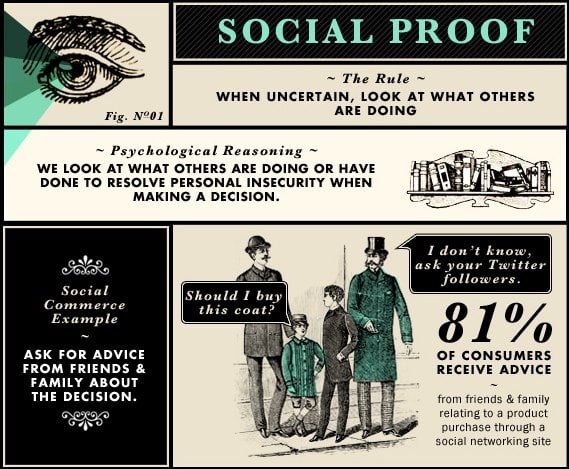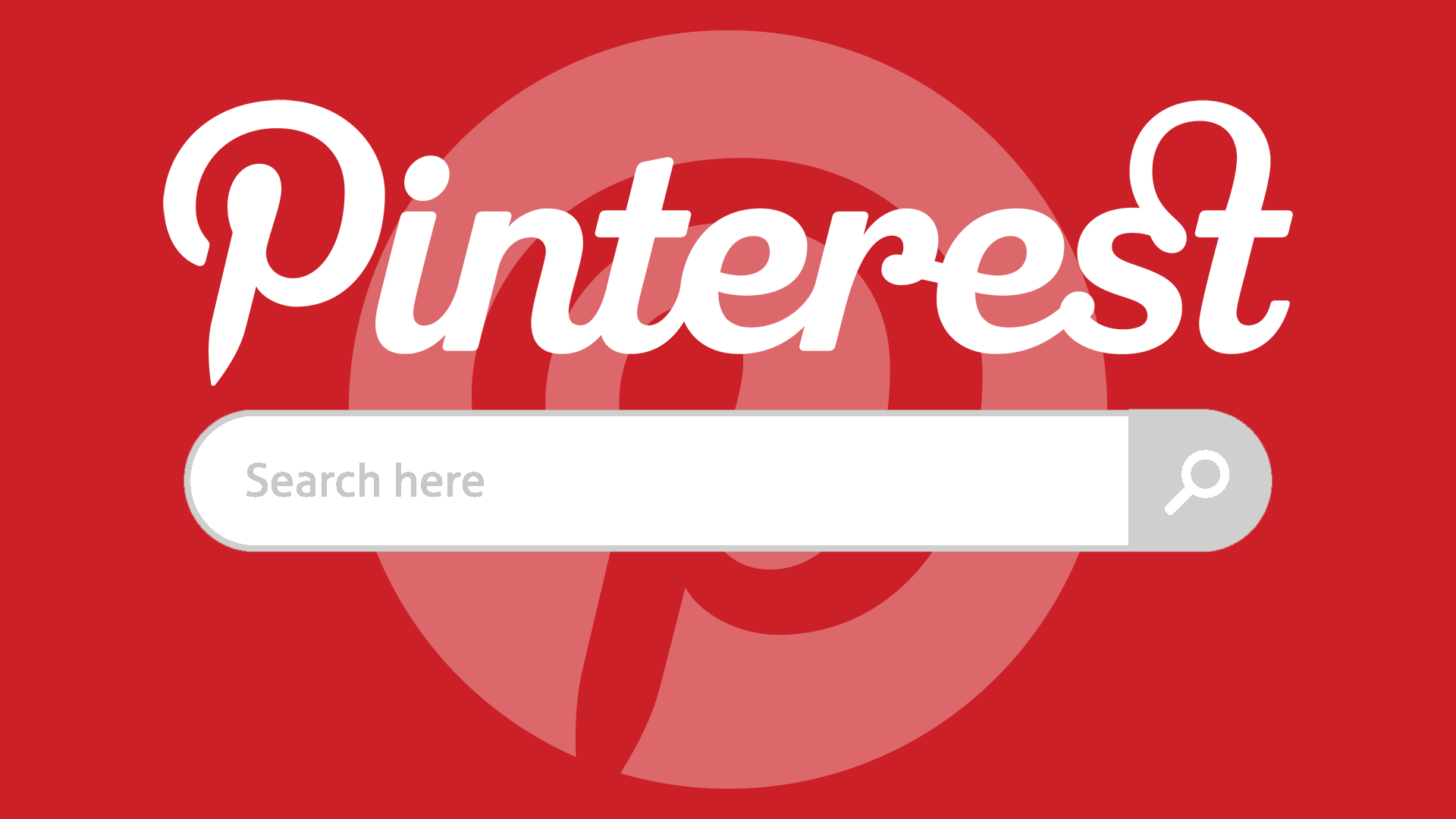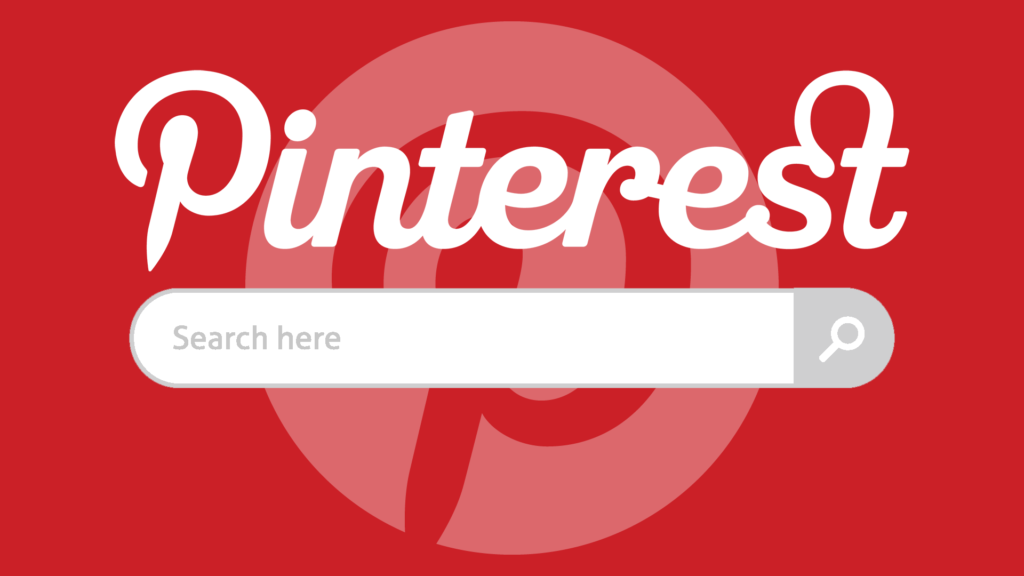
What is Social Proof?
A simple Google search will yield about 188,000,000 pieces of information about ‘social proof’.
Yet, so many business owners ignore the value of social proof. Some seem to be too bashful and confuse social proof with being a braggart. Others simply don’t know how to create it for their own businesses.
Let’s dive in and get to the bottom of social proof so you can use its power in your marketing efforts, shall we?
Per Wikipedia,
Social proof, also known as informational social influence, is a psychological phenomenon where people assume the actions of others in an attempt to reflect correct behavior for a given situation.
In my mind, social proof is old fashioned third party validation that comes in many forms.
- Think the vintage Good Housekeeping’s Seal of Approval for housewives.
- Think about the applause sign that appears to live audiences of TV shows.
- Think about the long lines in front of nightclubs, restaurants or retail stores to make their establishment more attractive to passersby.
- Think ‘street cred’ for the gang leader.
- Think ‘pedigree papers’ for your new pooch.
As a society, we are influenced by social proof for as long as we’ve been in existence. It’s the human thing to do when in doubt, when confused or when wanting to fit in.
Why Bother with Social Proof?
Answer…
Social proof is what separates you from the fly-by-night crowd, it impacts the bottom line of your business and it is expected.
At its core, social proof is the way in which business owners give prospects comfort they are making a good decision when subscribing to the company’s email list, when liking their Facebook page, when sharing a post with their friends and in their ultimate purchase of product.
It’s your way of saying “this business is credible”.
From the prospect’s point of view, social proof is the magic pixie dust that guides them to take action based upon the ‘assumption’ that others know more than they, which may or may not be true.
Research shows us time and again, that people are influenced by others. This influence has dramatically increased with the growing popularity of the Internet and of social media.
Anyone can do a search and find customer reviews for surgeons or for local auto mechanics. They can also tap into their own hand selected social networks of social buddies and gather the collective wisdom about a particular product, personality or business.
The ease with which people can find third party validation has moved social proof from the ‘unusual’ to the ‘expected’.
Promoting your Social Proof
You’ve heard the Woody Allen quote that
Seventy percent of success in life is showing up.
The same is true about social proof. You need to make your social proof visible to those who need to see it – your website visitors, your prospects for it to deliver.
You can’t hide your accomplishments under a barrel and expect others to be clairvoyant. Be proud of your accomplishments by making others aware of them.
There are many onsite marketing techniques you can use to promote social proof of your business and do so tastefully. Here are a few to get you started.
Caution: If you don’t have a social network established, then you should focus on the case studies, testimonials and other techniques until you’ve built your social network. Having 25 likes on your Facebook Page is not going to be viewed as a positive. So, pick the techniques that work for where your business is at this point in time and work on establishing the social networks that make sense for your audience.
1. Social Media mentions
If you use a social media management tool like Hootsuite, you can collect positive mentions about your company or firm from Facebook, LinkedIn or Twitter and use them on your website. Just be certain to get permission from the third party if you want to use their name.
2. Embedded Tweets
If someone gives you high praise on Twitter, you can embed the tweet on your website.
3. Social Media Plug-ins
Social media Likes, activity feeds and all sorts of plug-ins and widgets that display your fans, followers and/or connections can add some oomph to your website and your brand.
4. Social Media Share buttons
Sharing is powerful. The more your audience shares, the more reach you achieve. In one example, Zynga, Inc., a game service provider, grew its average daily users from 3 million to 41 million in just one year by having users invite their friends to share through social media. Make certain these share buttons are everywhere on your website and don’t forget your email newsletters.
5. Case Studies/Testimonials
Former and current customers can be a powerful testament of your credibility. Rather than creating boring case studies in PDF form, think about adding some punch by using video to expose multiple clients or customers.
6. User generated content
Get users to provide photos, blog posts, videos or podcasts talking about their experiences with you, with your product or service can be a great way to market your social proof.
7. Expert Endorsement
Tapping into the positive halo of a well-recognized authority in general or in your specific industry can be a bigshot in the arm for your business.
8. User Reviews and Ratings
Yelp, +1s are playing a more significant role in buyer’s decision making process for local area businesses. Don’t ignore this important measure of credibility.
9. Online and Offline Advertising
Using counts of subscribers, counts of customers or highly recognized customers in advertising (online or off) can also add some power to your advertising. This includes Facebook Promoted Posts or Sponsored Stories.
10. Users Stats and Profiles
Research shows we like to be with others that share similar experiences or traits. Consider profiling your users and sharing that information on your site so others with similar profiles will feel more comfortable with you and your business.
Use your Buyer Persona profile and the issues you identified for your ideal customer to flush out your customer profiles.
11. Media and Blog mentions
This is old fashioned public relations and it still carries impact. Appearing in frequently read blogs, news outlets or popular industry journals is prestigious and are worth the effort. Collect and promote these exposures onsite and in your marketing efforts.
There is a lot of interesting research on the dos and don’ts of how to craft your social proof so potential customers hear and believe. Here are a few of the most interesting reports I found.
- ‘Weapons of persuasion’ from Robert Cialdini – latimes.com
- 7 Things You MUST Understand When Leveraging Social Proof in Your Marketing Efforts
- The Destructive Influence of Imaginary Peers – NYTimes.com
What all of this research is saying is that your social proof needs to be crafted in a way that genuinely touches your prospects and generates trust and confidence. This shouldn’t be a big surprise.
This is NOT marketing through manipulation. This is about ensuring your prospects understand who you are, what you can do for them and that they hear your message.
Then all you need to do is to deliver. That is how ethical marketing works.
Tell Me
Which of these social proof techniques are you currently using? Which might you use in the future?
Put your thoughts about social proof down below in the comments section. I’d really like to know what you think about social proof.



